- The Business Bulletin Newsletter
- Posts
- The Story of Gucci’s Empire
The Story of Gucci’s Empire
The complete story of how Gucci conquered fashion and became a billion-dollar brand
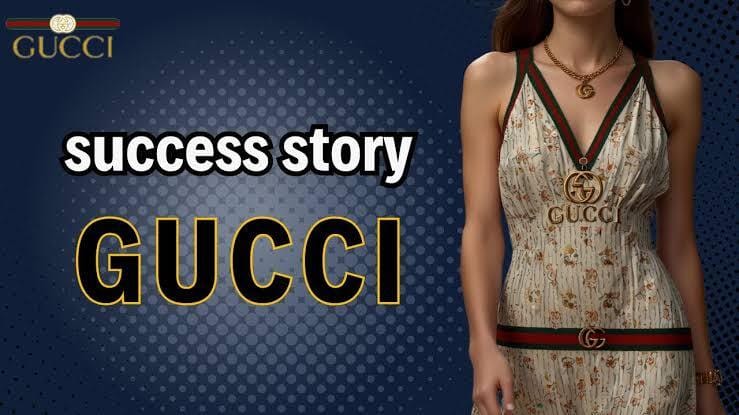
Hey there, future business legends!
Picture this: It’s 1921, and a guy named Guccio Gucci is working as an elevator operator at the fancy Savoy Hotel in London. Every day, he watches wealthy guests carry beautiful leather luggage and thinks to himself, “I could make something even better.”
Fast forward 100 years, and that same family name is worth over $15 billion. Gucci is now one of the most valuable luxury brands in the world, selling everything from $500 sneakers to $3,000 handbags that people line up to buy.
But here’s the crazy part - this success story is filled with family drama, near-bankruptcy, brilliant comebacks, and business moves so smart they’re still being copied today.
Ready to dive into how a small luggage shop in Florence became a global luxury empire? Trust me, this story has more twists than a Hollywood movie.
The Humble Beginning: A Hotel Worker’s Big Dream
Let me tell you about Guccio Gucci, the man who started it all. Born in 1881 in Florence, Italy, Guccio wasn’t born into luxury. He came from a working-class family and had to make his own way in the world.
In his early twenties, Guccio moved to London and got a job as an elevator operator at the Savoy Hotel. Now, this might sound like a boring job, but it was actually the perfect education for what would come next.
Every day, Guccio watched wealthy travelers from around the world. He studied their expensive luggage, noticed what they valued, and learned what made quality leather goods special. He was essentially getting a masterclass in luxury goods without even knowing it.
After a few years in London, Guccio returned to Florence with a head full of ideas and a clear vision: he wanted to create the finest leather goods in Italy.
In 1921, at age 40, Guccio opened his first shop at Via della Vigna Nuova 47 in Florence. It was tiny - just a small storefront where he sold leather luggage, handbags, and horse riding equipment.
But here’s what made Guccio different from other leather craftsmen: he understood that luxury wasn’t just about quality - it was about creating something that made people feel special.
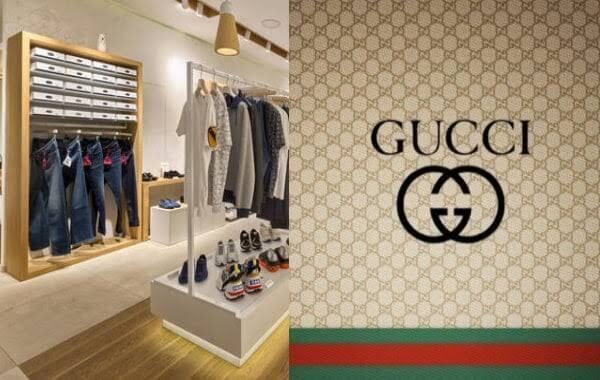
The Early Strategy: Quality + Storytelling = Magic
From day one, Guccio had a clear strategy that would become the foundation of the Gucci empire:
Strategy #1: Obsess Over Craftsmanship
Guccio hired the best leather workers in Florence and paid them well. He insisted that every piece be perfect. No shortcuts, no compromises. This wasn’t just about making luggage - it was about creating works of art.
Strategy #2: Create a Story
Guccio didn’t just sell bags - he sold a lifestyle. He positioned Gucci as the brand for sophisticated travelers and horse riders. The green and red stripes we still see today? They came from horse saddle straps.
Strategy #3: Target the Right Customers
Instead of trying to appeal to everyone, Guccio focused on wealthy locals and tourists visiting Florence. He understood that luxury brands need exclusivity to maintain their appeal.
The strategy worked beautifully. Word spread about this little shop in Florence that made the most beautiful leather goods in Italy. By the 1930s, Gucci was attracting customers from all over Europe.
The Family Business: Sons Join the Empire
As the business grew, Guccio brought his sons into the company. Aldo, Vasco, and Rodolfo Gucci each brought their own talents to the family business.
Aldo was the visionary who saw Gucci’s global potential. Vasco was the operations expert who kept everything running smoothly. Rodolfo was the creative force who helped develop new designs.
This is where the story gets really interesting. In 1938, Aldo convinced his father to open the first Gucci store outside of Florence, in Rome. It was a huge risk - luxury brands didn’t expand quickly back then.
But Aldo’s instinct was perfect. The Rome store was an immediate success, attracting celebrities, politicians, and wealthy Romans who loved the Florentine craftsmanship.
The family had discovered something powerful: Gucci wasn’t just a local business anymore - it was a brand that could travel.
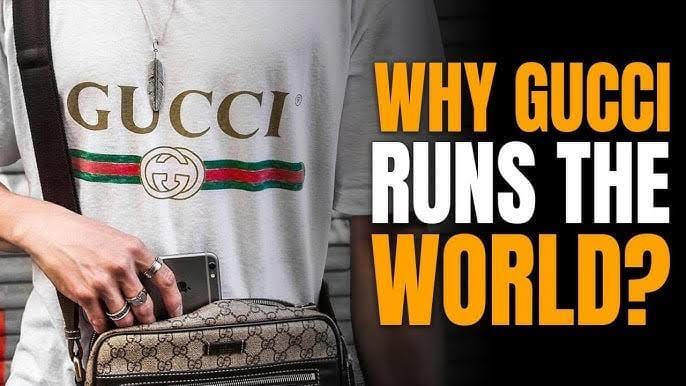
The Hollywood Connection: When Stars Became Customers
In the 1950s, something magical happened that would change Gucci forever. Hollywood stars started discovering the brand during their trips to Italy.
Grace Kelly, Elizabeth Taylor, and Audrey Hepburn began carrying Gucci bags. When these icons were photographed with Gucci products, it created a marketing effect that money couldn’t buy.
The most famous moment came in 1966 when Grace Kelly was photographed carrying a Gucci bamboo-handled bag. Orders for that bag exploded overnight, and it became known as the “Kelly bag.”
But here’s the brilliant part - Gucci never paid these celebrities to use their products. The quality and design were so exceptional that stars naturally gravitated toward them.
This taught the family a crucial lesson: the best marketing comes from creating products so good that influential people want to use them naturally.
Going Global: The American Dream
In 1953, Aldo made the boldest move yet - opening the first Gucci store in New York City on East 58th Street. Many people thought he was crazy. Italian luxury brands just didn’t exist in America yet.
But Aldo had done his homework. He knew that wealthy Americans were traveling to Europe and buying Gucci products. Why not bring Gucci to them?
The New York store was an instant sensation. American customers loved the Italian craftsmanship and the exotic European luxury story. Within five years, Gucci had opened stores in Chicago, Palm Beach, and Beverly Hills.
By the 1960s, Gucci was doing something that seemed impossible - they were making Italian luxury goods cool in America. They had cracked the code of international expansion.
The Iconic Products: Creating Timeless Classics
Throughout the 1950s and 1960s, Gucci created products that are still iconic today:
The Bamboo Bag (1947): Created during material shortages after World War II, this bag used bamboo handles instead of traditional leather. It became a symbol of Italian innovation.
The Horsebit Loafer (1953): A shoe inspired by horse riding equipment that became a status symbol for both men and women.
The Jackie Bag (1961): Named after Jackie Kennedy, who was frequently photographed carrying it.
The Flora Scarf (1966): Created specifically for Grace Kelly, featuring a beautiful floral print that became a Gucci signature.
Each of these products shared something important - they told a story and created an emotional connection with customers. They weren’t just accessories; they were symbols of a lifestyle.
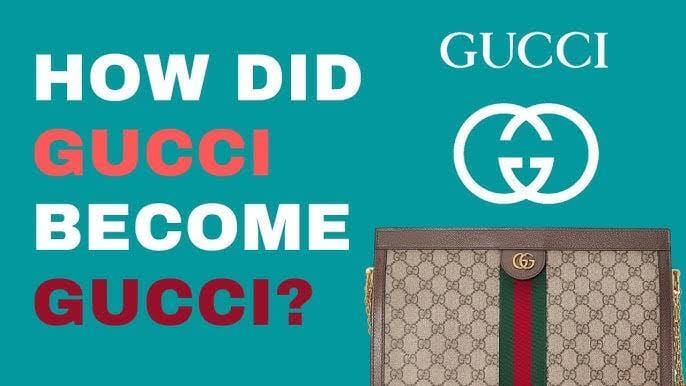
The Numbers Game: Building a Financial Empire
Let’s talk about the incredible financial growth:
1950s: Annual revenue around $1 million
1960s: Revenue grew to $10 million annually
1970s: Hit $100 million in annual sales
1980s: Reached $500 million globally
By 1980, Gucci had over 50 stores worldwide and was one of the most recognizable luxury brands on the planet.
But here’s what’s really impressive - they maintained incredibly high profit margins. While most fashion brands operate on 10-15% profit margins, Gucci was consistently hitting 25-30% because of their luxury pricing and efficient operations.
The Family Drama: When Success Becomes a Problem
Success brought new challenges, and the 1970s and 1980s saw serious family conflicts. Different family members had different visions for the company’s future.
Aldo wanted aggressive expansion. Rodolfo preferred maintaining exclusivity. The third generation (Guccio’s grandchildren) brought their own ideas and ambitions.
These conflicts led to public legal battles, boardroom drama, and even criminal charges. The family soap opera was playing out in international newspapers, which actually hurt the brand’s image.
The lesson here is crucial for any family business: success requires clear governance and decision-making processes. Without them, even the most successful companies can tear themselves apart.
The Turnaround: Professional Management Saves the Day
By the late 1980s, family conflicts had nearly destroyed Gucci. The brand was losing money, stores were closing, and competitors were taking market share.
That’s when the family made a difficult but smart decision - they brought in professional management.
In 1989, they hired Domenico De Sole as CEO and later brought in Tom Ford as creative director. This combination would prove to be genius.
De Sole was a brilliant businessman who understood luxury markets. Ford was a visionary designer who could create products that felt both classic and modern.
Together, they executed one of the greatest turnarounds in luxury fashion history.
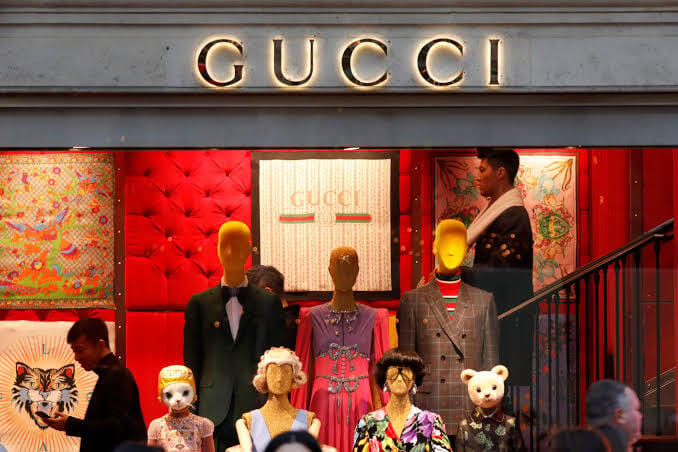
The Ford Era: Reinventing a Classic Brand